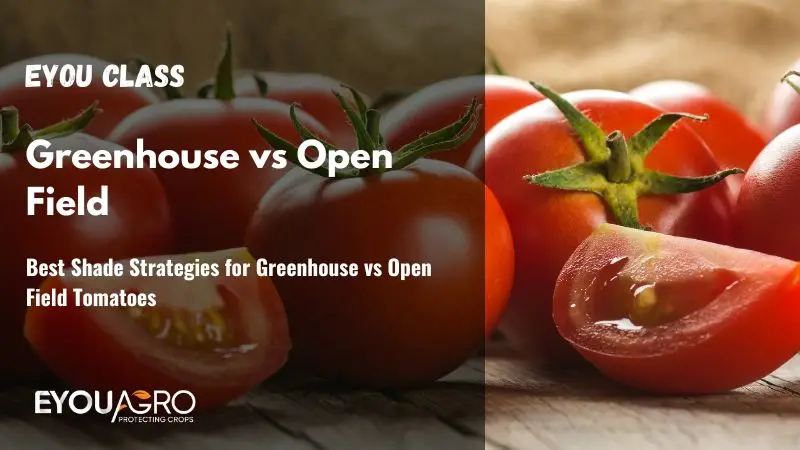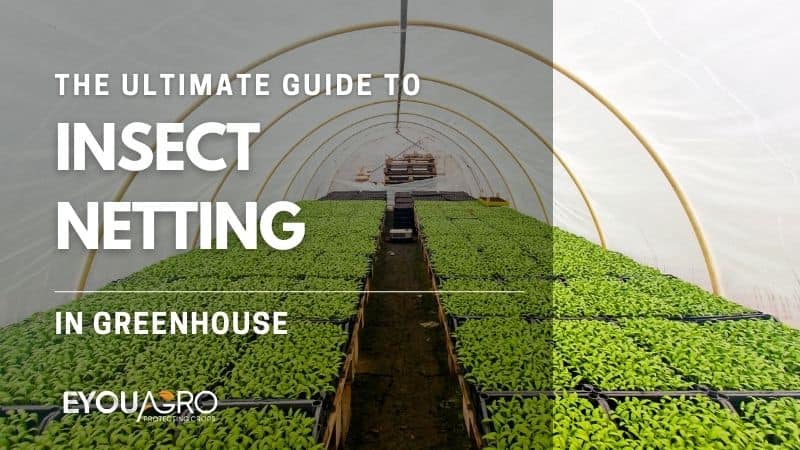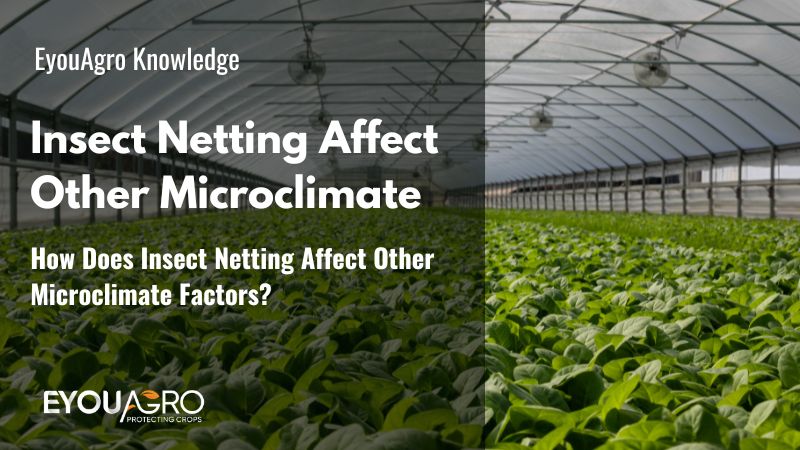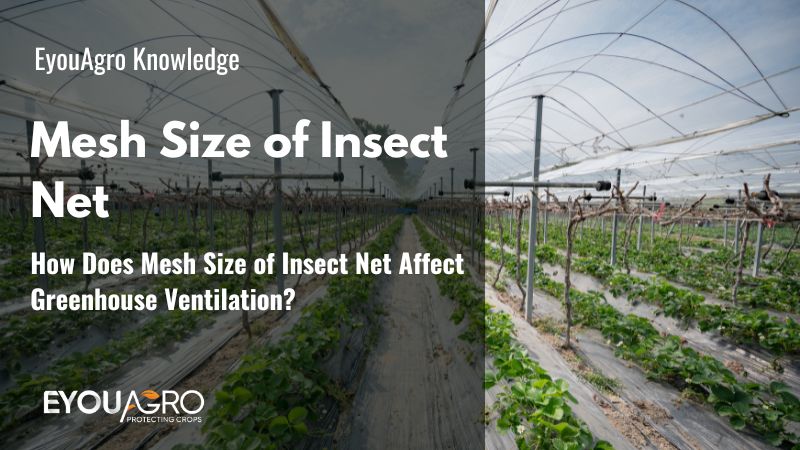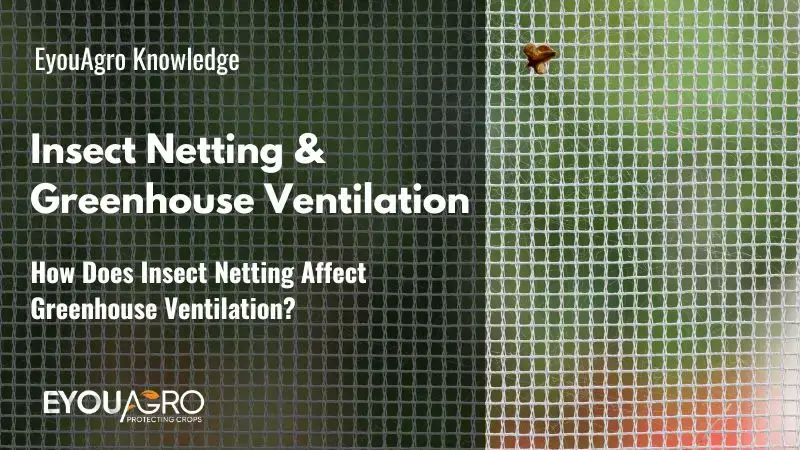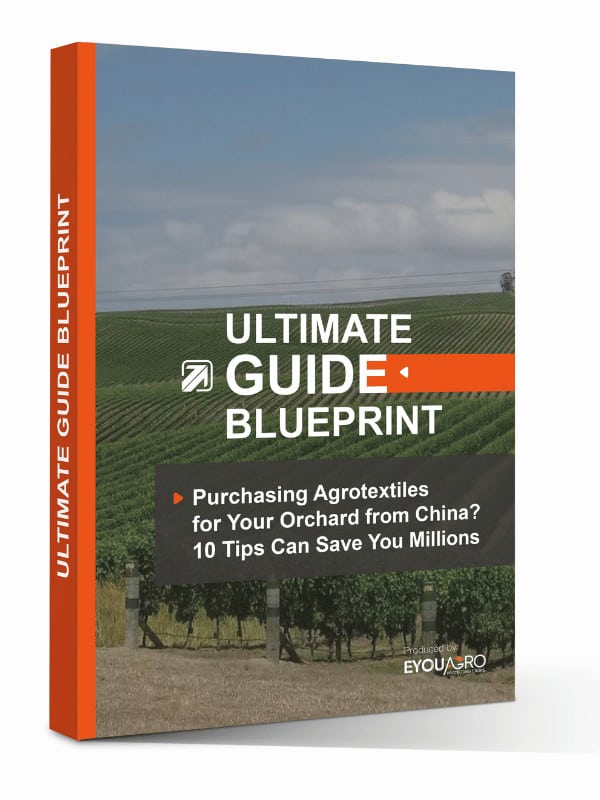Introduction
Silage preservation is a critical aspect of modern agriculture, allowing farmers to store forage for extended periods without losing nutritional value. A key player in this process is silage film, a specialized plastic film that helps maintain the anaerobic conditions necessary for effective fermentation. This article explores the role of silage film in promoting anaerobic fermentation and preserving silage.
Understanding Anaerobic Fermentation in Silage Preservation
Anaerobic fermentation is a biological process in which bacteria break down plant materials in an environment devoid of oxygen. This process is central to preserving silage, a fermented forage used as livestock feed.
In the context of silage preservation, anaerobic fermentation begins once the forage has been compacted and sealed, typically within a silo or under a silage film. The lack of oxygen in this environment encourages the growth of anaerobic bacteria naturally present in the forage.

These bacteria, primarily lactic acid bacteria, metabolize the sugars in the forage. As they consume these sugars, they produce acids, mainly lactic acid. This acidification process lowers the pH of the silage, effectively preserving it by inhibiting the growth of spoilage organisms such as molds and yeasts.
The production of lactic acid and other acids during anaerobic fermentation not only preserves the silage but also helps to retain its nutritional value. By preventing the growth of spoilage organisms, anaerobic fermentation ensures that the nutrients in the forage are preserved for when the silage is eventually fed to livestock.
However, achieving effective anaerobic fermentation requires careful management. The forage must be adequately compacted to expel as much oxygen as possible, and the silage must be properly sealed to prevent oxygen from re-entering. Any exposure to oxygen can disrupt the anaerobic fermentation process, leading to poorer silage quality and potential spoilage.
The Role of Silage Film in Maintaining Anaerobic Conditions
Silage film is vital in maintaining the anaerobic conditions necessary for effective fermentation. The film prevents oxygen from entering and disrupting the fermentation process by creating an airtight barrier around the forage. This helps ensure the silage remains preserved and nutritious for longer periods.
Factors Influencing the Effectiveness of Silage Film
Several factors can influence the effectiveness of silage film in maintaining anaerobic conditions:
Moisture Content:
The recommended moisture concentrations for baled silages are typically drier (45 to 55%) than for other types of hays. This can restrict the rate and extent of silage fermentation, often resulting in less production of desirable fermentation acids and a greater (less acidic) final pH.
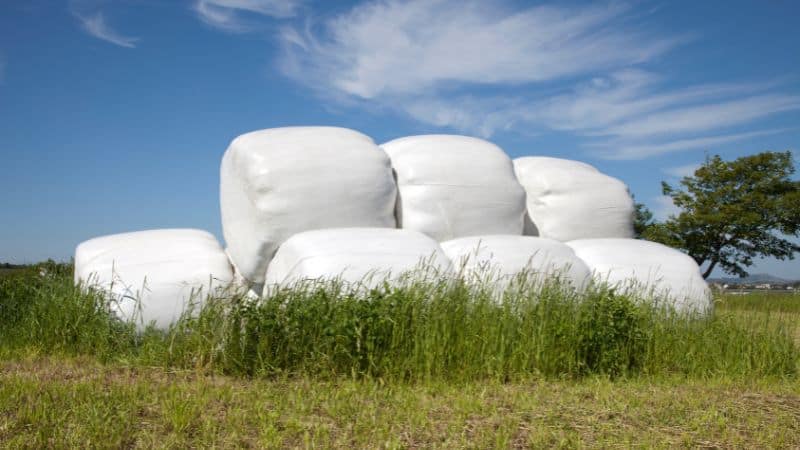
Particle Length:
The particle length of baled silages is much longer than that of precision-chopped silages. This can also restrict the rate and extent of silage fermentation.
Silage Making Practices:
How the silage is made can also impact the rate and extent of anaerobiosis. Prompt application of polyethylene (PE) film wraps, using an appropriate number of PE film layers (6 to 8), selecting a storage site free of sharp objects or other debris, and closely monitoring wrapped bales for evidence of puncture can all help to establish and maintain anaerobiosis.
Microbial Activity:
Certain microorganisms, such as enterobacteria and clostridia, can cause anaerobic spoilage. Clostridium tyrobutyricum, in particular, can use lactic acid as a substrate, disrupting the anaerobic environment.
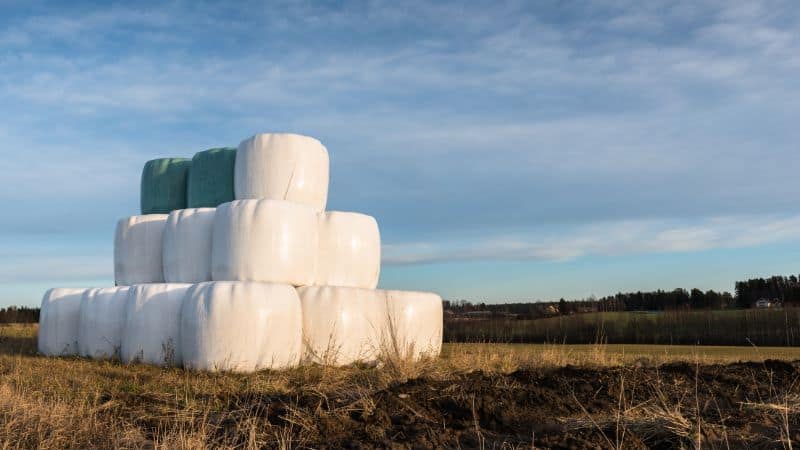
Aerobic Deterioration:
Oxygen penetration into the silage during storage or feeding can disrupt the anaerobic environment and lead to aerobic deterioration. This can be particularly problematic if the bale moisture of highly buffered forages exceeds the recommended range.
Choosing the Right Silage Film for Effective Anaerobic Fermentation
When choosing silage film, consider its ability to maintain anaerobic conditions. Look for films that offer high resistance to oxygen permeability and durability to withstand the rigors of use. Additionally, consider the film’s UV resistance, as exposure to sunlight can degrade the film over time.
Conclusion
In conclusion, silage film is crucial in promoting effective anaerobic fermentation in silage preservation. By understanding the factors that influence its effectiveness and making informed choices, farmers can ensure that their silage remains preserved and nutritious for longer periods.
EyouAgro is a leading innovator in the agricultural industry, specializing in high-quality agricultural materials. With a strong commitment to research and development, EyouAgro consistently delivers products that meet the evolving needs of modern farmers. Their range includes superior silage film that offers excellent tear resistance, UV protection, and durability, ensuring practical forage preservation.
Don’t compromise on the quality of your silage film. Choose EyouAgro for products that stand up to the rigors of farming and help you achieve successful farming operations. Contact us; make the right choice for your farming success with EyouAgro.



